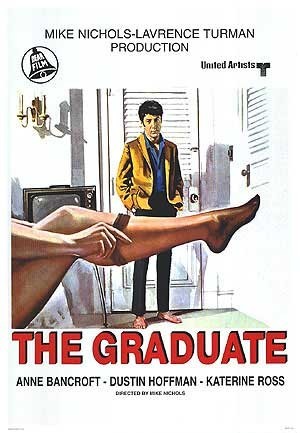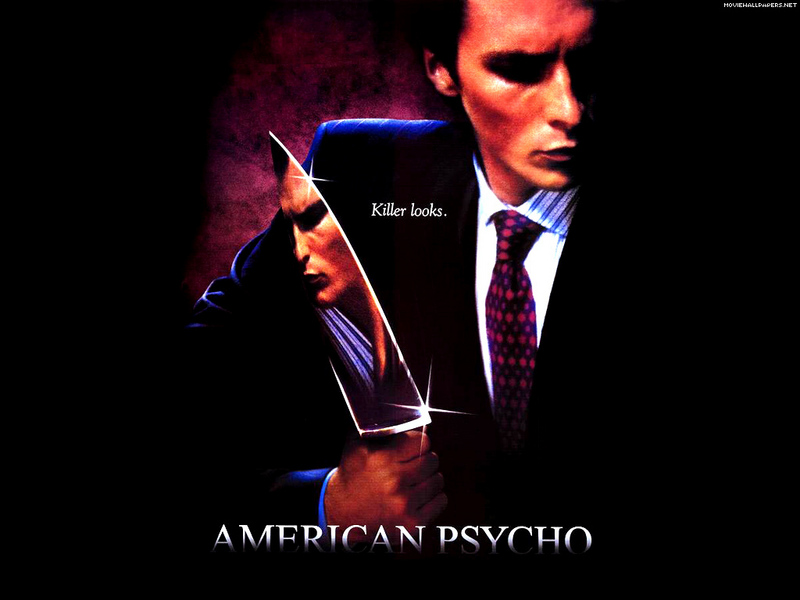For my ethnography I found myself at the Americana at Brand, an outdoor shopping center popular with couples for its romantic atmosphere. I began by slowly exploring the shopping center and observing couples as they passed me by. By doing this I was able to observe their expressions and body language. I first saw a young Armenian couple silently walking towards the escalator to leave. Both of their expressions are hard and serious. The girl appears to be annoyed or slightly angry, perhaps having a fight before this. The boy has a serious, almost angry look on his face. Like a lion protecting his pride, he is surveying his surroundings looking for anyone that may be looking at his girl. Soon afterwards I saw an interracial couple of a Filipino woman and a Caucasian man walk by while holding hands. The woman has a bright smile on her face, she appears to be filled with contentment and love. They seem relaxed together, perhaps a long term relationship of a few years. They are enjoying the time they are sharing together on a breezy afternoon.

After observing these two couples, I then went to Barnes and Noble to sit and observe couples for a longer period of time. Soon after entering, I found an elderly couple sitting together by the window, reading silently. I chose a seat by them and sat for about an hour to survey this couple. They both wore white and were a Caucasian couple perhaps in their eighties in account of their primarily white hair. They sat by each other in a very relaxed state, unhurried with their time together. I enjoyed their leisurely nature as they enjoyed the pleasure of reading silently. Sometimes, I would hear them speak to each other quietly, like the wife asking about the music playing in the bookstore. Her husband spoke gently and quietly, speaking to her like a guardian or a protector, calmly answering her simple questions. Passing by, I recognized a gay couple shopping for books. Not clearly obvious at first, but at close observation they appeared to be closer than friends. However, though they did not show any sort of signs of affection, they body language proved a great respect for each other and their opinions as they spoke in conversation. Though they left as quickly as they came, a sense of association and appreciation was felt. Soon after, a young couple in their mid-teens sat by us. Observing them, they appeared to be a couple very early in their relationship, with lots of giggling and excitement. For them, every moment is new, fresh and exciting. In contrast to the quiet nature of the older couple, who were so at ease with each other to just sit in silence for many minutes, the younger couple was in constant conversation as they giggled and joked with each other.
What is considered radical or normative, when it comes to love and romance? In my standpoint, I define radical as a sort of “contemporary” love that is unique to recent generations. Some examples to demonstrate this thought are gay couples, interracial couples and couples of vastly different ages. Each one is radical because they are still newly recent our society which the majority has grown up in a different generation and time. Examining my observations, the strands of love that I encountered, including normative as well as radical, can be applied to several theories. In Chris Barker’s book, “Cultural Studies: Theory and Practice,” it says that under Hall’s essentialist position, identity is regarded as the name for a collective ‘one true self’ (Barker 227). He goes on further to say that identity is thought to be formed out of a common history, ancestry and set of symbolic resources (Barker 227). Therefore, Hall would consider a American to be associated with football, the Declaration of Independence and Democracy. However, to express an identity based on this ‘one true self,’ would contradict the couples that I observed. Clearly demonstrated through my ethnography, an American can be young, old, of a different ethnicity and sexual orientation. Consequently, their cultural identity is not fixed, but a natural sate of being, or a ‘process of becoming,’ as stated by Hall (Barker 229). Therefore, each individual’s identity is constantly being discovered, through this romance of love and marriage, the identity of each couple is continually being produced. Further, identity is a ‘production,’ which is shifting and fragmenting identities (Barker 229). This theory thus reasons that the identity of each individual I observed was a ‘production,’ created for that certain situation; dating. Each person is a different identity in different environments, and with romance and love, a specific identity is made for that situation.
This ‘fragmented,’ identity is similar to Woody Allen’s character in the movie, Play It Again Sam. While preparing for a very important date, Allen’s character, Allan, takes lengths to create a persona that he believes will impress her. He basically changes everything about himself, even about his ex-wife and her ‘death,’ just to impress a girl into thinking he’s not as pitiful as he thinks he is. He puts on layers of popular shaving lotion and cologne on himself, and displays his home with open books and fake medals, saying that he needs them to “make an impression.
This sort of ‘act’ created to impress significant other is similar to the teenage couple that I observed. With the teen couple, the girl would tease and lead him on, leading him to make jokes that would make her laugh. Even the way she dressed was part of this formulated identity to create a persona that would make an impression on him. She wore a short skirt and tight top, both designer and high quality garments, with makeup and straightened hair, perhaps carefully planned to make a big statement of how much she likes him. This attention to her appearance is similar to the Gramscian concept that advertising stressed not only the selling of commodities, but also of ways of looking at the world. For example, the job of advertising is to create an identity not only through consumption, but also by buying into lifestyles and values (Barker 69). Therefore, the teen girls identity is basically an advertisement of products, which were each designed to construct a certain image. She has essentially, ‘bought herself into,’ this lifestyle, by presenting herself in this identity that was pre-constructed.
Ultimately, I believe each couple is in equal-standing relationships. This greatly varies to Simone de Beauvoir’s theory that women are regarded as the “Other,” while man is regarded as the Subject, the Absolute (Beauvoir). Published in 1949, it can be seen that this theory is less relevant through the examples of several of the couples, including the interracial couple, older couple and even the gay couple. It also shows that through these “radical” relationships, there is equality between them, as the acceptance of variation in our society shows respect and civility for each other.
Works Cited
Barker, Chris. Cultural Studies: Theory and Practice. Los Angeles: Sage, 2008.
Beauvoir, de Simone. The Second Sex. Trans. Jonathan Cape. Penguin, 1972.





